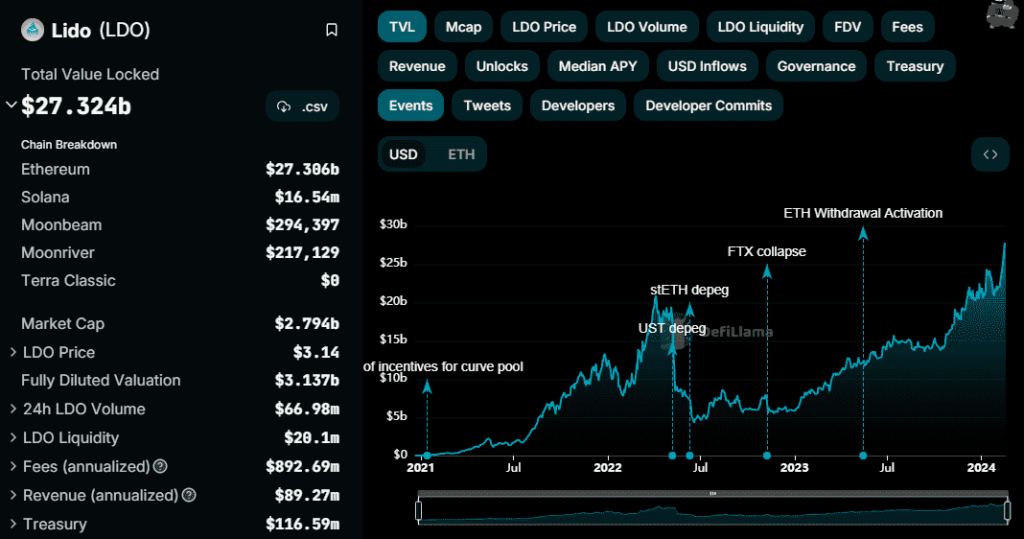- Bitcoin and Ethereum are now considered highly resistant to 51% attacks, according to a recent report from CoinMetrics
- Attacking Bitcoin would cost between $5 billion and $20 billion, with attackers needing to buy millions of ASIC miners.
- An attacker would need to buy and stake around $34 billion $ETH, and would also be at risk of getting slashed due to malicious activity
- The attacker would also need to wait months to stake all their ETH, only to make a “meagre” $1.4 billion in profit.
One of the reasons that Blockchain technology is so popular, is that it is one of the most secure forms of technology on the planet.
It would take an almost infinite amount of energy, time and several other resources for an attacker to successfully break the Bitcoin network and possibly send themselves free coins.
However, just in case anyone was curious: How much money would a person need to successfully crack both Bitcoin and Ethereum?
This question has an answer, and here it is:
Attacking Bitcoin And Ethereum
 According to a new report from CoinMetrics, Bitcoin and Ethereum may now be resistant to 51% attacks.
Not because 51% attacks on these networks aren’t possible—but because it would be largely infeasible and expensive for anyone to try.
But first: What are 51% attacks?
A 51% attack is a kind of attack on any network, where the bad actor gains control of more than half of the network’s computing power.
This would allow the attacker to do whatever they liked, including reversing transactions, double-spending their money, and even manipulating the core rules of the network.
CoinMetrics calculated how feasible it would be to conduct this kind of attack on these networks in terms of total cost to attack (TCA), and came up with a few interesting insights.
How Much Would It Cost to Attack Bitcoin?
Lucas Nuzzi, CoinMetrics’ head of research and development, shared the key insights from the original report on Twitter/X in a recent thread.
The report focused on things like how available mining hardware is, the price and supply of the $BTC and $ETH, as well as the time taken, and the difficulty of the attack.
The report also accounted for how much these attackers might make if they successfully cracked the network, compared to how much it costs to do it in the first place.
Nuzzi says that the TCA of Bitcoin falls anywhere between $5 billion to $20 billion, depending on how the attackers manage to get the mining equipment, as well as their quality.
Nuzzi states that the attacker would have to buy 7 million ASIC miners, and would have to deal with how quickly these ASIC prices will rise when the market reacts to such massive demand.
Okay, What If An Entire Country Wanted To Attack Bitcoin?
This might be slightly more feasible since a whole country can more than likely afford $5 billion to $20 billion.
This country could also manufacture its own ASICs using its own resources and facilities.
However, the study argued that the only ASIC model that anyone can reverse engineer and replicate would be the Bitmain AntMiner S9, which is an outdated and inefficient device.
Aside from this, it would still cost over $20 billion to produce enough ASICs.
Overall, CoinMetrics concludes that the TCA of Bitcoin is much higher than the potential profit of the attacker, who can only make about $1.5 billion from mining rewards and fees, and about $3.5 billion from double-spending attacks.
Moreover, the study pointed out that the network and the community would likely respond to such an attack by changing the consensus algorithm, rendering the attacker’s hardware useless and devaluing their coins.
How Much Would It Cost To Attack Ethereum
The report also calculated how feasible it would be to attack Ethereum.
Unlike Bitcoin, Ethereum is a Proof of Stake network, which means that the strongest participators would be the ones who have the highest amount of ETH staked.
This means that there is no need to buy ASICs or set up mining rigs to attack Ethereum.
However, even then, the attacker would need to acquire more than half of the total amount of ETH staked, which currently sits at about 28.8 million ETH or about 25% of the total ETH supply.
This $28.8 million $ETH is worth about $80.64 billion, assuming an ETH price of $2,800.
CoinMetrics says that the attacker(s) would need to buy more than $34 billion worth of ETH (based on an ETH price of $2,279 at the time of the report’s publication), as well as a validator count of 899,840.
Not only this, it would also take more than 6 months for the attacker to stake all of this ETH, due to the churn limit that prevents users from joining or exiting the network en-masse.
Moreover, the attacker can only make about $1.4 billion from staking rewards and fees after the attack, and about $2.8 billion from double-spending attacks.
If that wasn’t enough, the network and the community would likely notice that something is amiss, and the consensus algorithm of the network would likely slash the attacker’s stake, while the community performs a hard fork and cripples the attacker financially.
What About the Risk of Liquid Staking Derivatives?
There might be an issue though:
Lido and RocketPool.
Lido is by far the largest ETH staking service and currently holds about $27.324 billion worth of all the staked Ether.
Lido and RocketPool, combined, hold about 35% of the total staked ETH.

Critics, so far, have argued that Liquid Staking providers like Lido and RocketPool pose a threat to the security of the Ethereum network, and can allow an attacker to stake a massive amount of ETH to influence the network.
Lido currently controls about 31% of the staked ETH, which is close to the 33% limit.
This means that if Lido’s nodes ever plan an attack or get compromised, the Ethereum network might be at serious risk.
However, CoinMetrics’ report dismissed this issue, by stating that liquid staking providers don’t give holders any control over the validators or the blocks that they produce.
This means that any attacker who stakes a large amount of ETH would not be able to do much unless they also controlled the majority of the validators.
In Conclusion
We can conclude from here, that Bitcoin and Ethereum may now be the safest (decentralized and centralized) networks on the planet.
However, this doesn’t exempt the protocols and dapps built on top of them, because they might still be open to manipulation and hacks due to bugs in their smart contracts, improper audits, and a lot more.
Disclaimer: Voice of Crypto aims to deliver accurate and up-to-date information, but it will not be responsible for any missing facts or inaccurate information. Cryptocurrencies are highly volatile financial assets, so research and make your own financial decisions.









